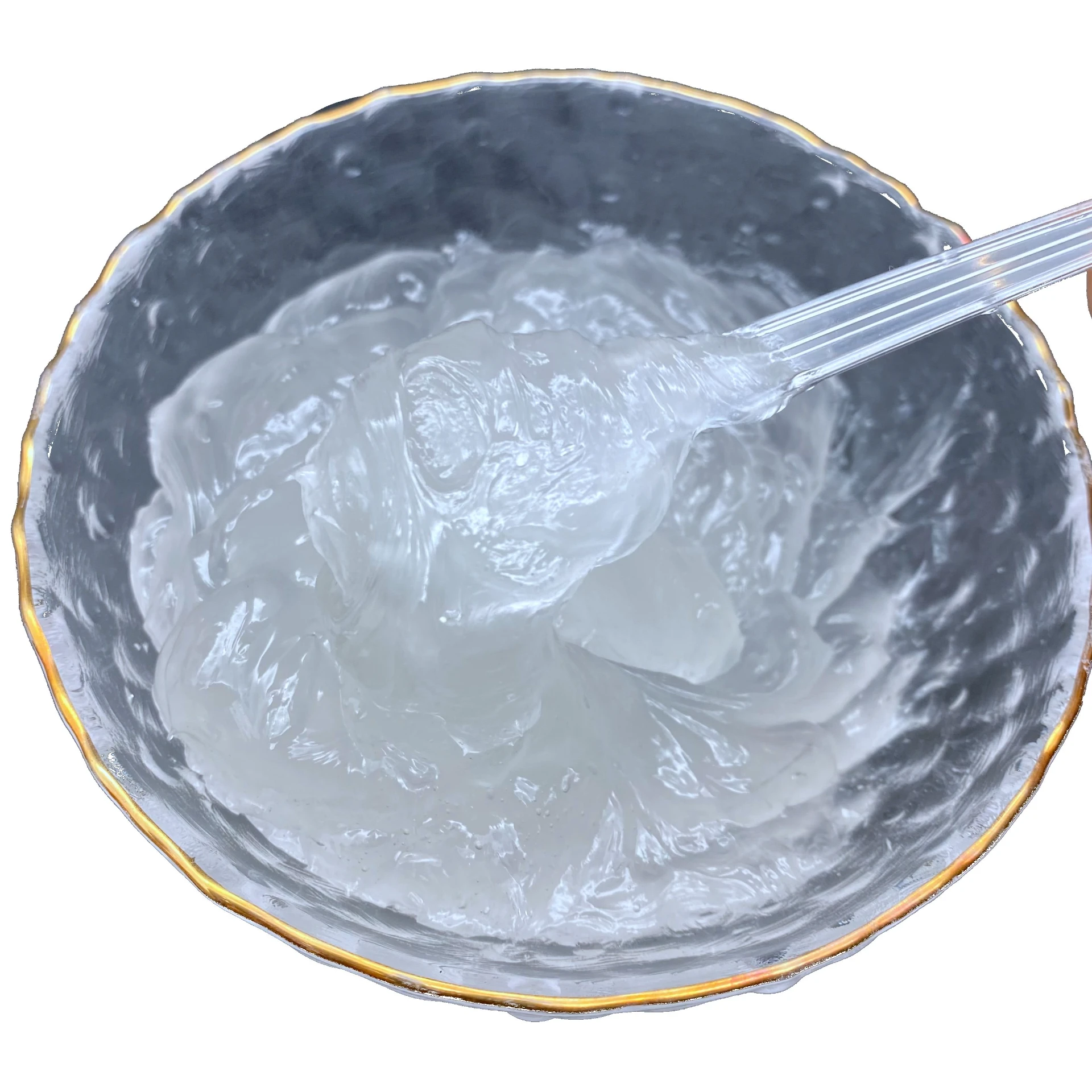



Polyacrylamide Safety Data Sheet Essential Information and Handling Guidelines
Polyacrylamide MSDS Safety and Handling Guide
Polyacrylamide, a versatile polymer, is widely used in various industrial applications, including water treatment, papermaking, and as a soil conditioner. Given its extensive use, understanding the Material Safety Data Sheet (MSDS) pertaining to polyacrylamide is crucial for safe handling and use. This article outlines the significant aspects of the MSDS to ensure safety in occupational settings.
Chemical Identification
Polyacrylamide is synthesized from acrylamide monomers through a process known as polymerization. It is typically a white, odorless powder, with biodegradable properties, making it an economically favorable option in environmental applications. It is important to accurately identify the specific type of polyacrylamide being handled, as variations exist in molecular weight and functional groups.
Hazards Identification
According to the MSDS, polyacrylamide is generally considered to be of low toxicity. However, handling should be approached with caution. The acrylamide monomer is classified as a potential neurotoxin and carcinogen, thus any exposure to the monomer should be minimized. Polyacrylamide itself can cause mild skin irritation or allergic reactions in sensitive individuals.
Safety Precautions
polyacrylamide msds sheet

When working with polyacrylamide, appropriate personal protective equipment (PPE) should be worn, including gloves, goggles, and lab coats. It is essential to work in well-ventilated areas, and when necessary, use local exhaust ventilation to minimize inhalation risks. Additionally, workers should avoid direct contact with the dry powder and wash any spillages immediately.
First Aid Measures
In the event of exposure, the MSDS outlines specific first aid measures. For skin exposure, the affected area should be washed with soap and water. Eye contact necessitates immediate flushing with water for at least 15 minutes, and seeking medical attention is advised if irritation persists. If ingested, do not induce vomiting; instead, seek medical help promptly.
Storage and Disposal
Polyacrylamide should be stored in a cool, dry place, away from incompatible substances such as strong oxidizers. The container should be tightly closed and clearly labeled. Disposal of polyacrylamide waste must conform to local environmental regulations, ensuring that it is handled as a non-hazardous material when properly polymerized.
Conclusion
Understanding the MSDS for polyacrylamide is essential for ensuring safety in its handling and use. By adhering to recommended safety practices, proper storage, and disposal methods, users can mitigate risks associated with this chemical. Always refer to the latest MSDS for the specific type of polyacrylamide in use to stay informed about any updates or changes in safety protocols.
-
Why Sodium Persulfate Is Everywhere NowNewsJul.07,2025
-
Why Polyacrylamide Is in High DemandNewsJul.07,2025
-
Understanding Paint Chemicals and Their ApplicationsNewsJul.07,2025
-
Smart Use Of Mining ChemicalsNewsJul.07,2025
-
Practical Uses of Potassium MonopersulfateNewsJul.07,2025
-
Agrochemicals In Real FarmingNewsJul.07,2025
-
Sodium Chlorite Hot UsesNewsJul.01,2025










